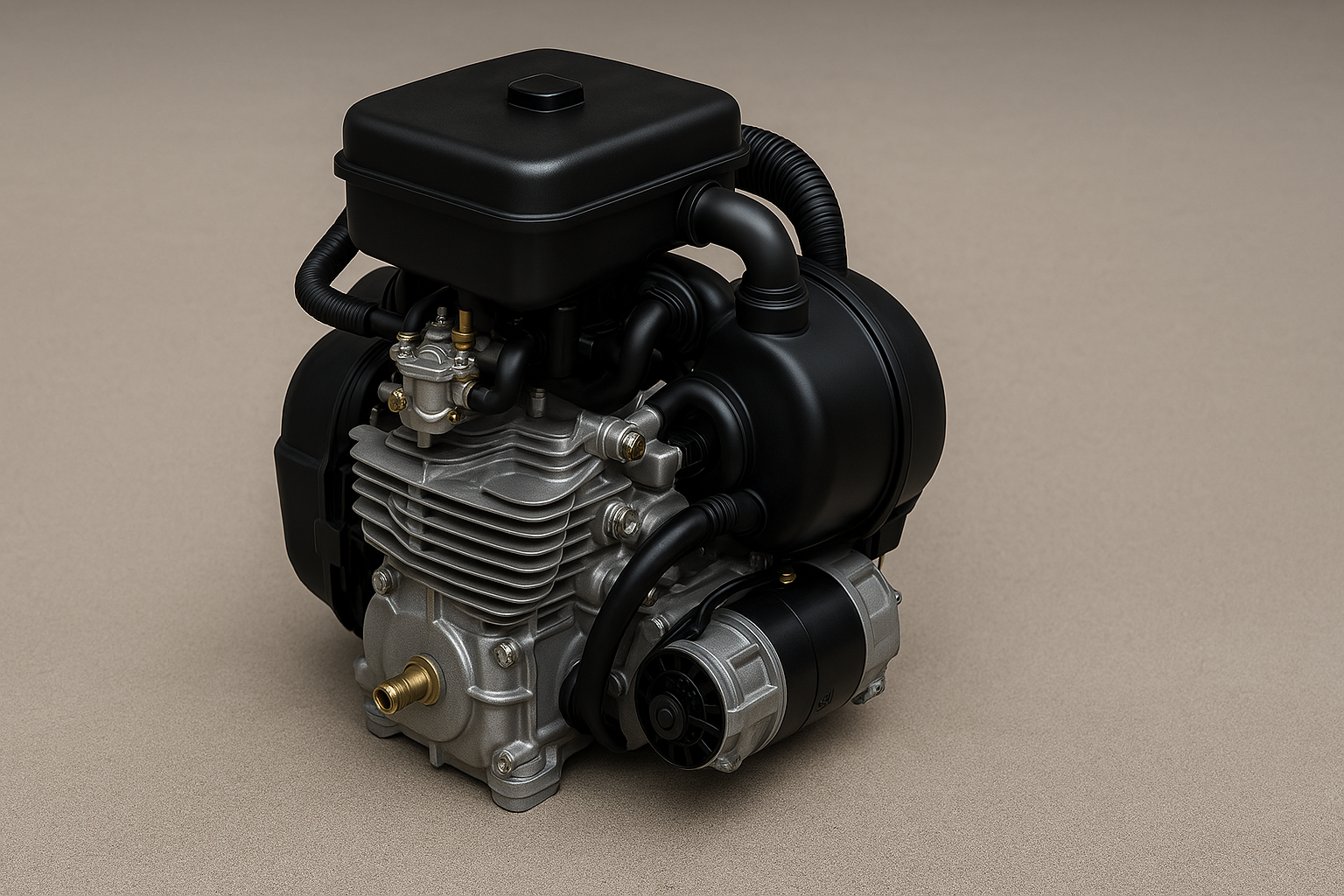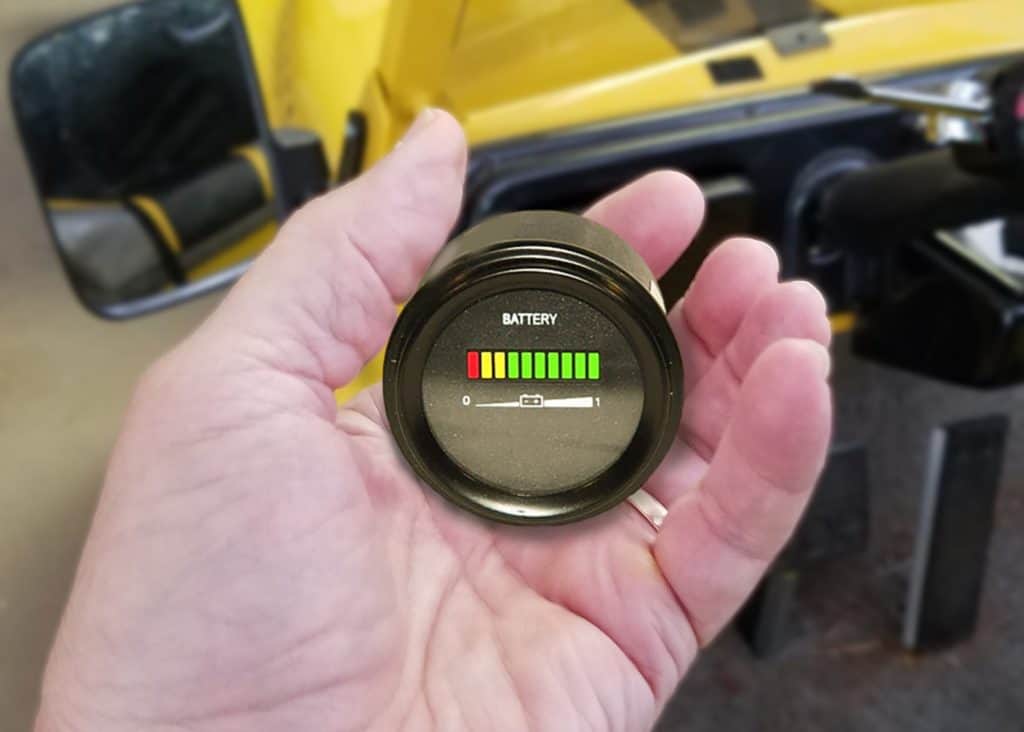1960s Golf Carts Evolution
The 1960s was a transformative decade in many respects, and the world of golf carts was no exception. As golf began to gain more popularity as a recreational sport, there was a growing need for a vehicle that could aid players in navigating the expansive greens. Enter the golf cart.
In the early part of the decade, golf carts were seen primarily as utility vehicles, designed to serve a functional purpose. Their designs were simple, often with basic features and minimalistic aesthetics. However, as the decade progressed, so did the designs and functionalities of these carts.
Technological advancements played a pivotal role in shaping the golf carts of the 1960s. Batteries became more efficient, allowing for longer rides without the need for frequent recharges. The carts’ designs began to incorporate more comfortable seating, better suspension systems, and even some luxury features, catering to the elite who viewed golf as a status sport.
But perhaps the most significant shift was in the perception of the golf cart. No longer just a utility vehicle, by the end of the 1960s, the golf cart had transformed into a symbol of recreation, leisure, and even luxury. Golf clubs and resorts began offering customized carts, with personalized features catering to the individual preferences of their elite members.
In essence, the 1960s set the stage for the golf carts we see today. From basic utility vehicles to symbols of luxury and recreation, the evolution of the golf cart during this decade is a testament to the changing dynamics of the sport and the societal values of the time.
Popular Golf Cart Brands of the 1960s
The 1960s saw the rise of several golf cart brands, each bringing its unique flair and innovations to the market. As golf carts transitioned from mere utility vehicles to symbols of leisure and status, these brands played a pivotal role in shaping the industry’s landscape.
Club Car
One of the dominant names in the golf cart industry, Club Car made its mark with its durable designs and commitment to quality. Their carts were known for their robustness and were a common sight in many golf clubs and resorts. The brand’s focus on customer satisfaction and continuous innovation made it a favorite among many.
E-Z-Go
Another major player in the 1960s golf cart scene was E-Z-Go. Renowned for its innovative designs, E-Z-Go carts were not just functional but also aesthetically pleasing. Their introduction of features that catered to the golfer’s comfort, such as improved seating and better suspension systems, set them apart from many competitors.
Yamaha
While Yamaha is a name synonymous with various industries, its entry into the golf cart market in the latter part of the 1960s was noteworthy. Bringing their expertise from the automotive and motorbike sectors, Yamaha’s golf carts were a blend of style and functionality. Their emphasis on performance and reliability made them a sought-after brand among golf enthusiasts.
Marketeer
The Marketeer Company, founded in the 1950s, was one of the pioneers in the golf cart industry. While the 1960s saw the rise of several golf cart brands, the Marketeer golf cart holds a special place due to its early entry into the market and its innovative designs.
Before the widespread popularity of golf carts in the 1960s, the Marketeer was already making waves in the 1950s. They were among the first to introduce electric golf carts, a significant innovation at the time.
The Marketeer carts of the 1960s bore a distinctive design, often characterized by their rounded bodies and simple yet functional features. Their electric models were especially popular, offering golfers a quiet and efficient mode of transportation on the greens.
The competition among these brands and several others led to rapid advancements in golf cart design and technology. From introducing electric models to incorporating luxury features, these brands were at the forefront of the golf cart evolution, setting the stage for the industry’s future.
Design Aesthetics and Features
The 1960s was a decade of vibrant culture, revolutionary design, and innovative features, and the golf cart industry was no exception to this trend. As the demand for golf carts grew, so did the emphasis on their design aesthetics and features.
Classic Look of 1960s Golf Carts
The early golf carts of the 1960s bore a simple and functional design. However, as the decade progressed, there was a noticeable shift towards more stylish and aesthetically pleasing designs. Chrome finishes, sleek lines, and vibrant colors became the norm. The carts began to reflect the lively spirit of the 60s, with some even bearing resemblance to the popular cars of the era.
Popular Features
Beyond aesthetics, the 1960s saw the introduction of several features aimed at enhancing the user experience. Comfortable seating with cushioned upholstery, improved suspension systems for smoother rides, and extended canopies for protection against the elements were some of the standard features. Some luxury models even boasted radio systems, custom paint jobs, and personalized accessories.
Customizations and Personalization
As golf carts became a status symbol in golf clubs and gated communities, there was a growing trend towards customization. Owners began to personalize their carts to reflect their personal style and preferences. From custom wheel designs to personalized nameplates and even matching upholstery to one’s golf attire, the options were endless.
The design aesthetics and features of the 1960s golf carts were a reflection of the times. They were a blend of functionality and style, catering to the practical needs of the golfers while also serving as a statement of luxury and personal expression.
The Cultural Impact of Golf Carts
The 1960s was not just a decade of change in politics, music, and fashion; it was also a transformative period for the world of golf and, by extension, golf carts. As these vehicles became more prevalent on the greens, their influence extended beyond the golf courses, making notable imprints on popular culture and society.
Golf Carts in Movies and Popular Culture
The 60s saw golf carts making appearances in movies, TV shows, and even music videos. They were no longer confined to the greens but became symbols of leisure, luxury, and sometimes even comedic relief. Their presence in popular media further solidified their status as iconic vehicles of the era.
Role of Golf Carts in Promoting Golf
The convenience and functionality of golf carts played a significant role in promoting the sport of golf. They made the game more accessible, especially for those who found it challenging to traverse large golf courses. Golf clubs and resorts began to invest more in these vehicles, making them available for rent or even as part of membership packages. This not only enhanced the golfing experience but also attracted a broader audience to the sport.
Golf Carts as a Status Symbol
In gated communities, country clubs, and luxury resorts, owning a personalized golf cart became a status symbol. The more customized and luxurious the cart, the higher the status of the owner. It was not uncommon to see golf carts with custom paint jobs, luxurious upholstery, and high-end accessories cruising around these communities.
In conclusion, the cultural impact of golf carts in the 1960s was profound. They transitioned from being mere utility vehicles to symbols of luxury, leisure, and cultural significance. Their influence was not just limited to the world of golf but extended to popular culture, making them an integral part of the 1960s narrative.
The Transition from the 1960s to Modern Day
The 1960s marked a significant turning point for golf carts, setting the stage for their evolution in the subsequent decades. As we transitioned from the 1960s to modern day, several factors influenced the design, functionality, and perception of golf carts.
Design Evolution Post-1960s
After the vibrant and iconic designs of the 1960s, the subsequent decades saw a more refined approach to golf cart aesthetics. The 70s and 80s brought about sleeker designs, with a focus on aerodynamics and efficiency. The introduction of newer materials allowed for lighter and more durable carts. Customizations became even more advanced, with options for luxury finishes, advanced sound systems, and even in-built coolers.
Technological Advancements
The technological boom of the late 20th and early 21st century had a profound impact on golf carts. Electric models became more efficient, with longer battery lives and faster charging times. Modern golf carts also started featuring GPS systems, touch screen controls, and even autonomous driving capabilities in some high-end models.
The Legacy of 1960s Golf Carts
While golf carts have come a long way since the 1960s, the influence of that era is still evident. The emphasis on customization and personal expression that began in the 60s continues to be a significant aspect of modern golf cart culture. Additionally, the perception of golf carts as not just utility vehicles but also symbols of leisure and status can be traced back to the 1960s.
In essence, while the golf carts of today might look and function very differently from their 1960s counterparts, the legacy of that era lives on. The foundations laid during the 1960s have played a pivotal role in shaping the golf cart industry, making them an integral part of the golfing experience and beyond.
Final Words
The 1960s was a decade of transformation, innovation, and cultural shifts. In the realm of golf carts, this era laid the foundation for the vehicles we recognize and use today. From their humble beginnings as basic utility vehicles to their rise as symbols of luxury, leisure, and personal expression, golf carts have undergone a remarkable evolution.
The designs, features, and cultural significance of 1960s golf carts have left an indelible mark on the industry. Their influence can be seen in the modern designs, the advanced technological features, and the continued emphasis on customization and personalization.
As we reflect on the journey of golf carts from the 1960s to the present day, it’s evident that while times have changed, the essence and legacy of that era remain. Golf carts, much like the decade itself, have left a lasting impact, reminding us of a time of change, innovation, and the endless possibilities of human creativity.
How Can Vintage Golf Carts Be Upgraded with Modern Accessories and Upgrades?
Upgrade your vintage golf cart with the ultimate golf cart customization accessories for a modern touch. Add bluetooth speakers, LED lights, and custom upholstery to enhance the aesthetics and functionality of your classic cart. These upgrades will elevate your golfing experience while preserving the charm of a vintage vehicle.






Leave a Reply